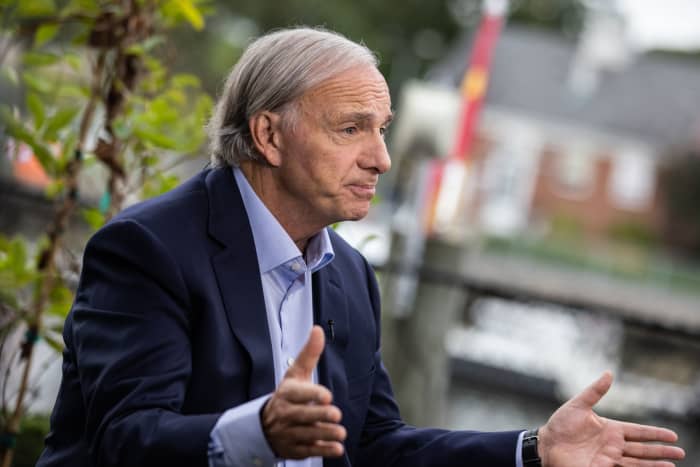“‘Based on my understanding of this dynamic and what is now happening (which line up), this bank failure is a “canary in the coal mine” early-sign dynamic that will have knock-on effects in the venture world and well beyond it.’”
— Ray Dalio, founder, Bridgewater AssociatesThat’s the recently retired Ray Dalio, weighing in via his popular LinkedIn page to offer his thoughts on the collapse of Silicon Valley Bank, or SVB, and the regulatory response.
SVB, whose client base was heavily concentrated among venture-capital startups, was closed by California’s bank regulator on Friday, while New York’s Signature Bank was shut down on Sunday — they followed the earlier closure of Silvergate Capital. Federal regulators late Sunday announced that SVB depositors, including those with deposits above the Federal Deposit Insurance Corp. cap of $250,000, would be made whole. The Fed also announced measures to ensure deposits at other institutions remain safe.
Read: Silicon Valley Bank: Here’s what happened to cause it to collapse
That didn’t prevent another round of panic in the markets on Monday, with regional bank shares plunging on fears of runs similar to the one that led to SVB’s demise. Bank shares regained some of that ground Tuesday, while major indexes scored sharp gains, with the Dow Jones Industrial Average DJIA,
See: SVB’s sudden collapse: 6 charts show the shock waves that ripped through global markets
Dalio argued that SVB’s failure was a “very classic event” in what he termed the “very classic bubble-bursting part of the short-term debt cycle.” That phase occurs when tight money aimed at curtailing credit growth and inflation leads to a “self-reinforcing” contraction in debt and credit. That means a “contagion process” that sees dominoes fall until central banks relent and create “easy money,” which then sets the stage for the next big debt problem.
Different cycles see different bubbles, Dalio said. In 2008, it was real estate. This time around, he said, it’s private equity companies, as well as commercial real-estate companies, “that can’t take the hit of higher interest rates and tighter money.”






